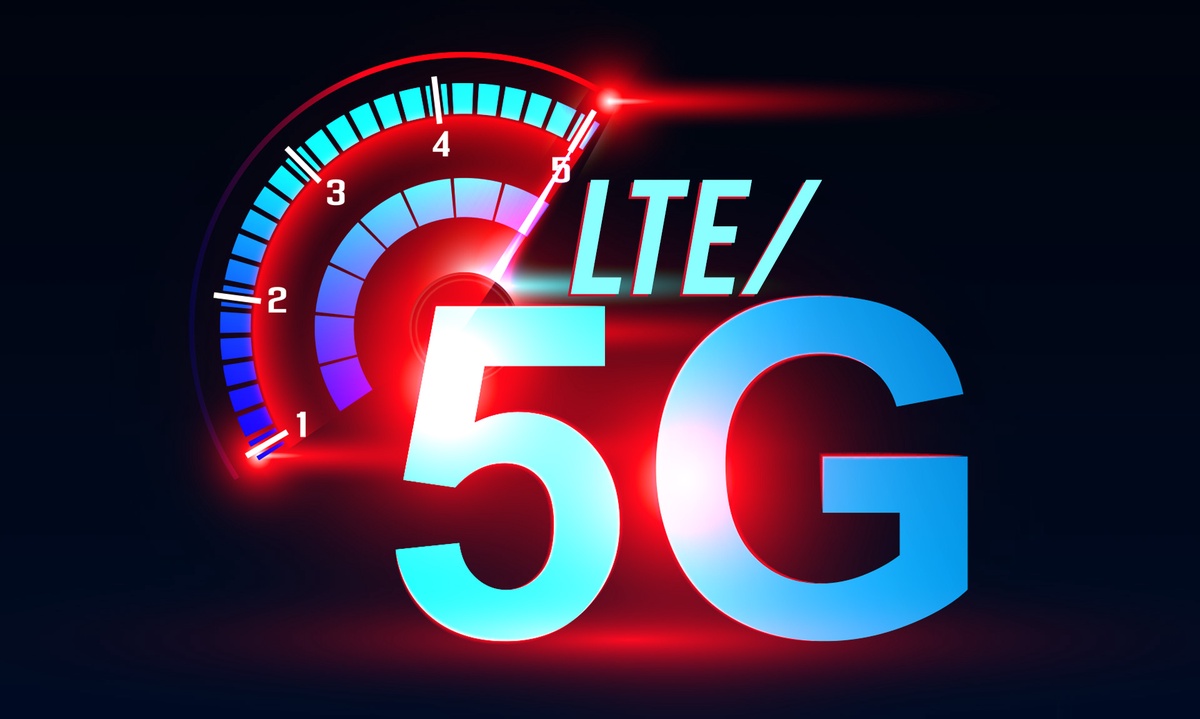LTE versus 5G. The debate has been going on since the advent of 5G internet. Both follow wireless communication standards that can offer a lot to both consumers and businesses.
What makes 5G and LTE different from each other? Should you still use LTE when 5G is available?
In this article all of your questions will be answered. The discussion will be on:
- What is LTE and how does it work?
- The advantages of 5G over LTE.
- Obstacles to overcome before 5G can be adopted more widely.
A Review On Differences Between 5G and LTE
There are certain basic differences between 5G and LTE, such as 5G vs LTE speed, that makes them different. LTE, or Long Term Evolution, is a standard for wireless broadband communication and has been existing since 2009. 5G, or Fifth Generation, is the latest wireless standard to be introduced.
Here's a review on LTE and 5G comparison in terms of speed, population coverage, and capacity.
- 5G vs LTE Speed: LTE offers speed of up to 100Mbps, however 5G can produce speeds of up to 1Gbps.
- 5G vs LTE Coverage: LTE has extensive coverage, but 5G is still in its initial stages of deployment.
- LTE vs. 5G Capacity: LTE supports up to 1000 devices per cell, but 5G may support up to 10,000 devices per cell.
So, what do both technologies mean for you? LTE is the way to go if you are looking for fast 5g Vs LTE speed with excellent population coverage. On the other side, if you crave latest and most up-to-date technology having a potential for faster speeds and higher capacity, 5G is the way to go.
The Advantages of 5G
- One of the biggest advantages of 5G over LTE is lower latency and faster download speeds. Because 5G networks run at higher frequency bands in comparison to LTE networks, they are able to achieve such high speeds. The higher the frequency waves, the more data can be transferred in a said duration of time. LTE networks run at frequencies less than 6 GHz, but 5G networks can run at frequencies up to 100 GHz.
- Another advantage of 5G over LTE is improved capacity with expansion in nationwide coverage. LTE at present can handle roughly 1 Gbps (gigabits per second). But 5G can easily support up to 10 Gbps. For this reason, 5G will be able to handle a higher amount of data traffic and let consumers enjoy faster speeds.
- Another advantage of 5G over LTE is network slicing. This technology enables various network parts to be used for varied purposes, so ensuring each user enjoys the best possible experience. One part of the network may be deployed for high-definition video streaming. Another slice may be utilized for gaming or browsing the internet. Slicing enables network customization for each user while also helping in reducing congestion.
Examples of what must happen so that 5G is adopted include:
- Mobile technology must have 5G capabilities.
- Prices of 5G services should be lower.
The Nutshell
Additional factors that can affect 5G adoption include improvements in mobile network infrastructure, carrier aggregation, and additional spectrum assigned to mobile networks.


No comments yet